New Zealand exhibition for the 2014 Venice Biennale shows the country's Pacific architectural roots
By Bustler Editors|
Friday, May 23, 2014
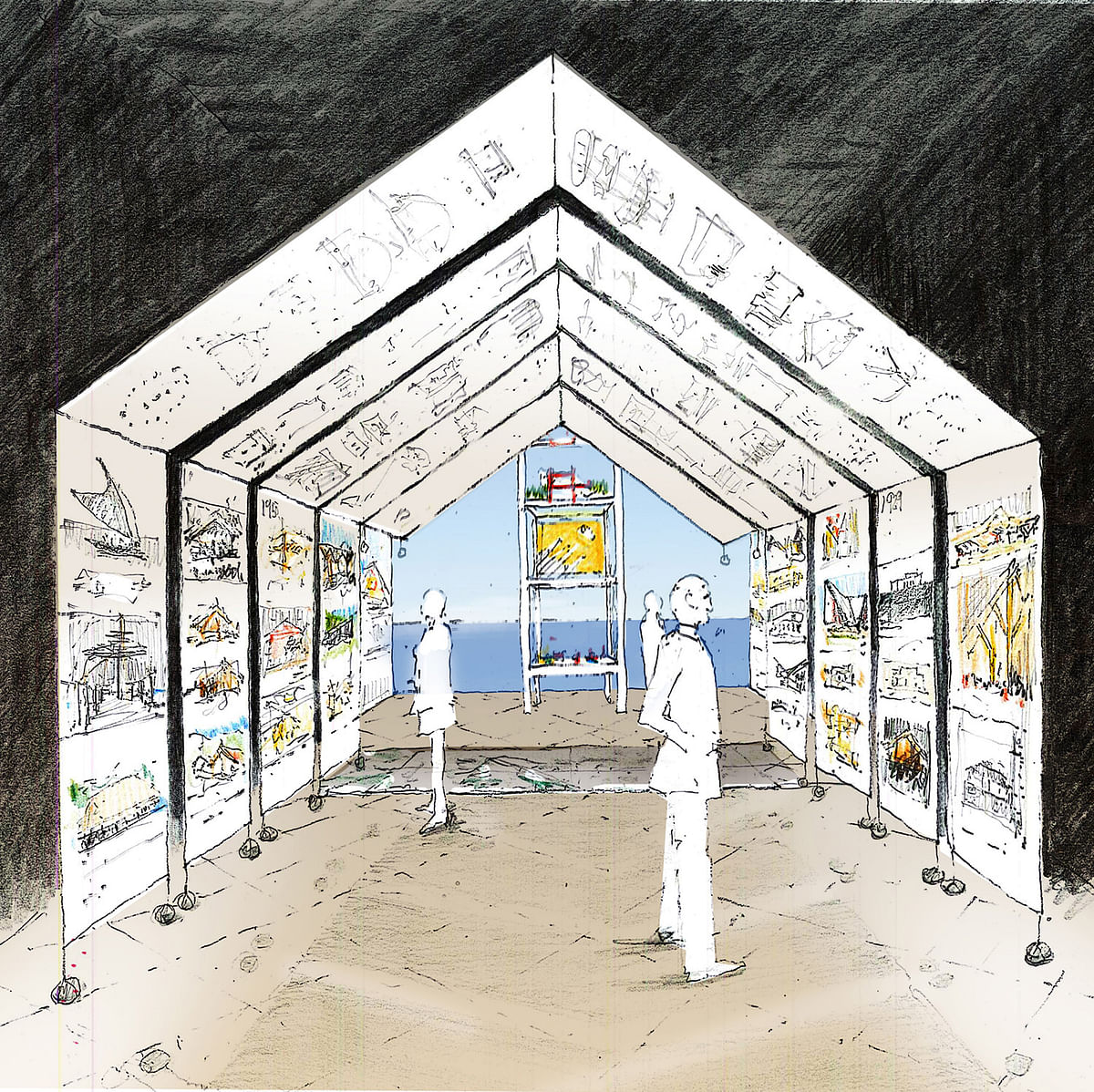
Related
Our next featured pavilion for the fast-approaching 2014 Venice Biennale hails from Down Under in New Zealand, who will be participating in the keystone event for the first time. Curated by award-winning Auckland architect David Mitchell, the New Zealand exhibition is titled "Last, Loneliest, Loveliest" from Rudyard Kipling's The Song of the Cities poem.
The exhibition puts New Zealand's distinct architectural scene in the spotlight -- from its traditional yet overlooked Pacific roots to dominant international influences.
Check it out below.
Exhibition background by David Mitchell, Creative Director of the New Zealand Exhibition:
"In responding to Rem Koolhaas’s theme, ‘Absorbing Modernity: 1914-2014’, participants in the 14th Venice Architecture Biennale were asked to consider what has been lost – “the erasure of national characteristics” – and what may still be found – “the survival of unique national features and menta lities”. Is difference possible in the age of globalisation?
The exhibition, ‘Last Loneliest, Loveliest’, proposes that a great unsung Pacific architecture continues in New Zealand, both in the buildings of the Māori, who reached New Zealand 750 years ago, and also in buildings designed under the influence of modernity."
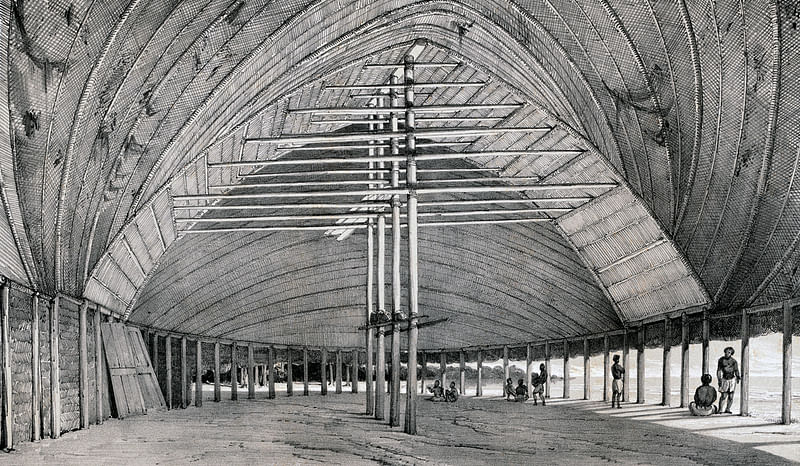
"Pacific architecture is fundamentally different from European architecture. Whereas the European tradition is grounded in mass and rigidity, buildings in the Pacific tradition are light and flexible – post-and-beam structures, in-filled with wall-panels, and often possessing raised floors and conspicuous roofs. It’s stick architecture versus stone architecture."
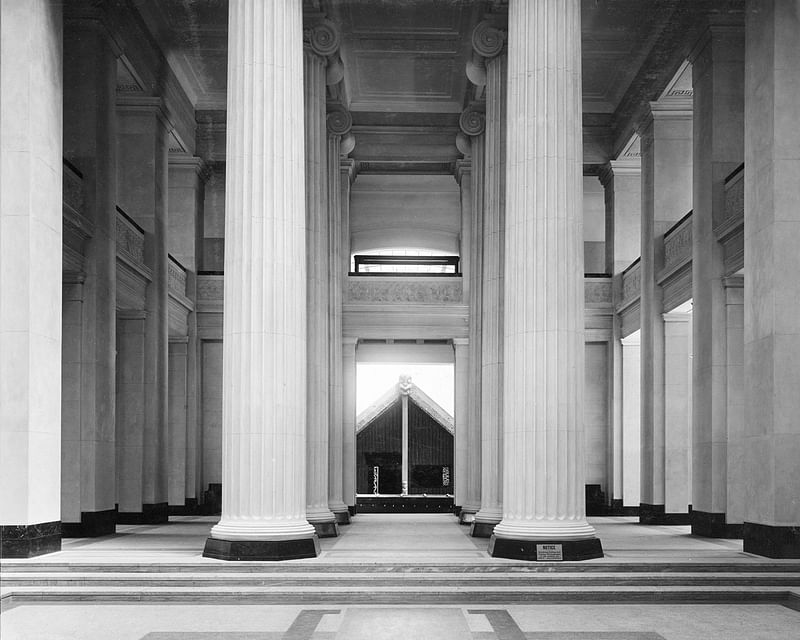
"A graphic illustration of the contrasting architectural traditions, and of the balance of cultural power in inter-war New Zealand, is provided by the incarceration of a celebrated Māori storehouse or pataka in the Auckland War Memorial Museum (1929), a building that in its neo-Classical styling also testifies to the late advent of modernism in a conservative British colony."
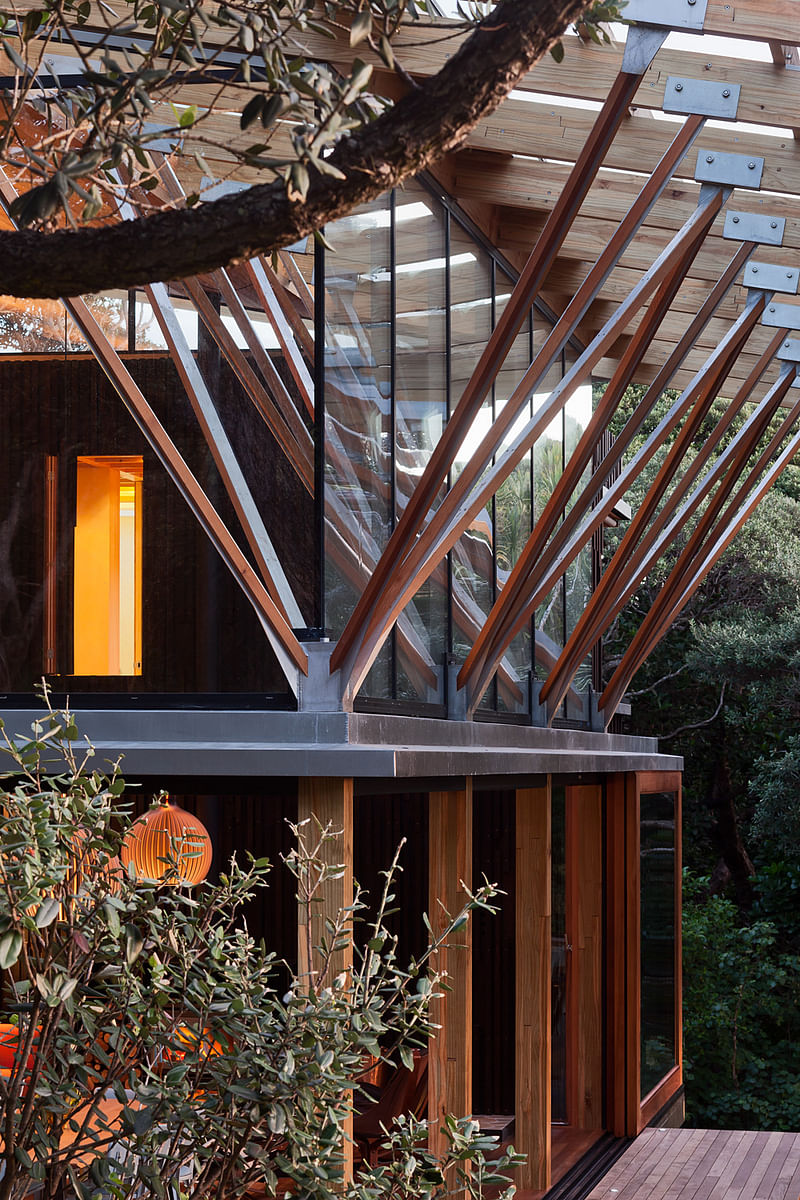
Where the European tradition aspired to permanence, the Pacific tradition acknowledged transience. Pacific architecture appeared on the east coast of Asia 4,000 years ago and was carried east from island to island, across the ocean, by the first settlers. It was also the basis of Japanese architecture, which directly influenced many New Zealand architects in the mid-20th century.
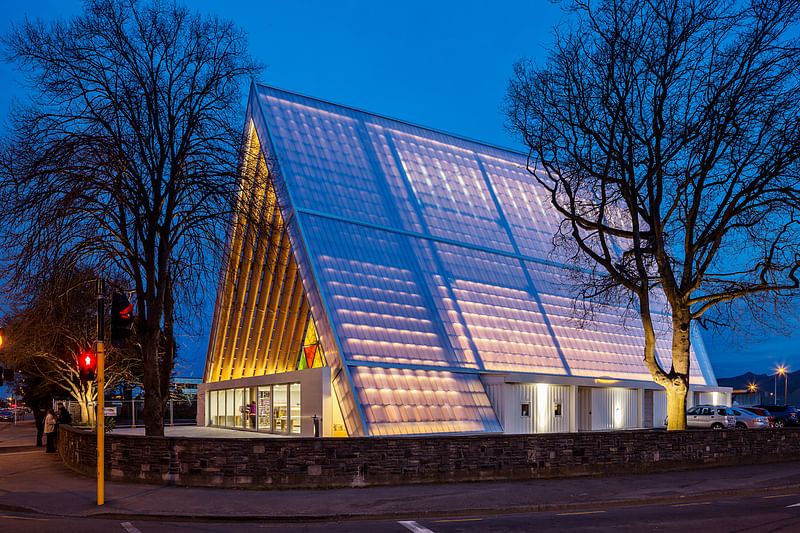
The Pacific gene in New Zealand’s architecture is revealed in the light timber houses designed in the 1950s and ’60s, in the pole houses of the 1970s, and in larger, pre-cast concrete structures put together as if they were made of timber. After a devastating earthquake in 2011, the city of Christchurch, once the local capital of pre-cast concrete technology, is today a centre of research into resilient, post-tensioned, timber structural techniques that are entirely consistent with Pacific traditions.
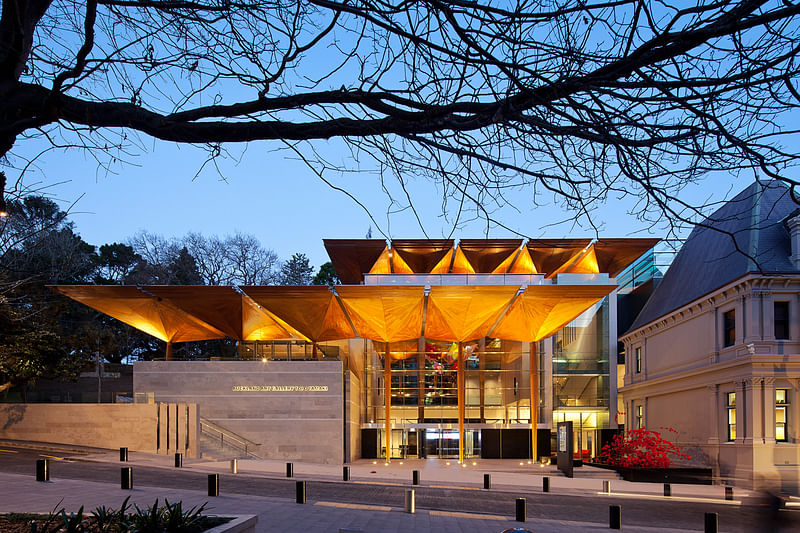
Drawing on David Mitchell’s 40 years of practice, and decades of research into Pacific architecture, ‘Last, Loneliest, Loveliest’ is an argument for a Pacific point of difference. In New Zealand, the architectural history of the past hundred years reveals the influence of international styles, the survival of Pacific building traditions and, in buildings such as the Auckland Art Gallery (2012), the emergence of a cross-over architecture – a particular mutation of modernity.
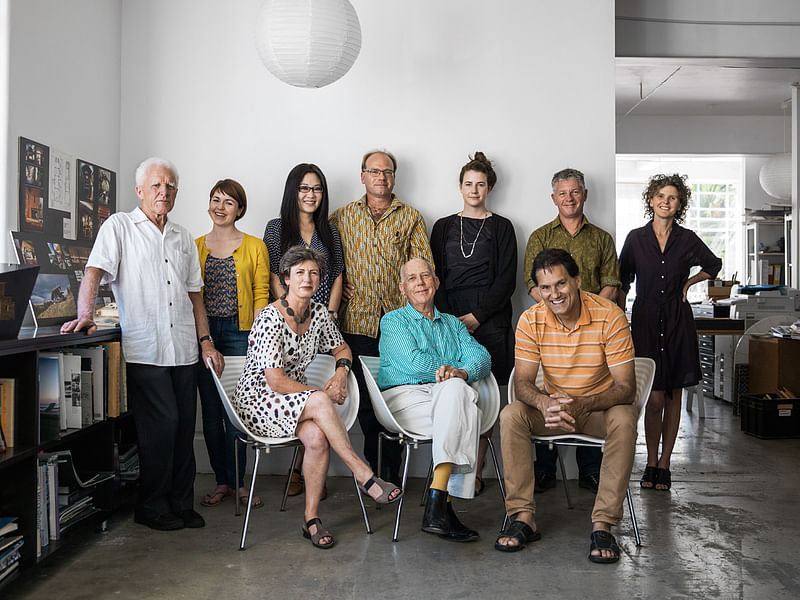
Project credits
Exhibition title: Last, Loneliest, Loveliest
Participants: New Zealand, New Zealand Institute of Architects, Mitchell & Stout Architects
Commissioner: Associate Professor Tony van Raat
Curator: David Mitchell
Assistants to the Curator:
- Dr. Mike Austin, BArch (Hons) Ph.D
- Frances Cooper, BArch (Hons)
- Rau Hoskins, BArch MArch (Hons)
- Chia-Lin Sara Lee, MArch (Hons)
- Julian Mitchell, BArch
- Claire Natusch, BArch (Hons)
- Rick Pearson, BArch (Hons)
- Ginny Pedlow, BArch
- Julie Stout, BArch

Share
0 Comments
Comment as :